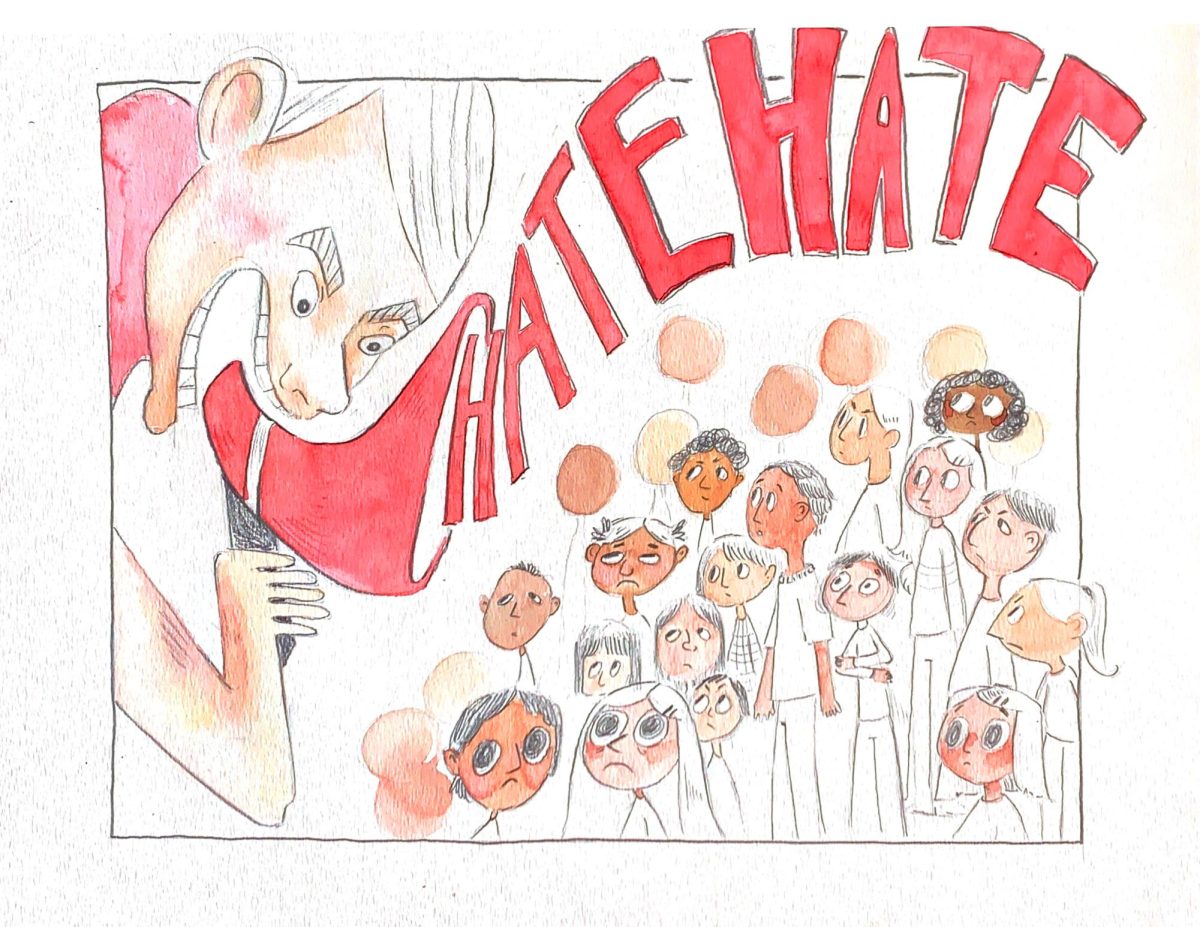The University of Oregon Athletics’ scope is much wider this year. Student-athletes, coaches, staff and fans are all expected to feel the impacts of Oregon Athletic’s jump to the Big Ten. Even though the move is largely talked about regarding our beloved football team, headed by “Dan the Man” Lanning, there are many people involved in UO athletics. They all must be considered as this shift affects them and the entire UO community.
Following the move to the Big Ten, Rob Mullens, director of athletics, posted “A Message to Our Fans” in August. He explained that the Big Ten Conference is a new chapter for Oregon Athletics, stating, “Our student-athletes will now have the chance to compete against the best of the best, and they will be exposed to a broader audience that can create new opportunities for them.”
Mullens points out that there is a lot to be excited about with this move. Mullens also mentioned the benefits of more exposure for the “power of the Oregon brand,” drawing attention to the others impacted. The sheer amount of travel will undoubtedly impact athletes’ academic participation, physical health — including managing jet lag — and mental well-being.
UO has 18 D1 varsity teams making this move to the Big Ten.
Becca Weinberg, a track and field operations assistant traveling with the team, expressed excitement and concern about the move.
“I’m looking forward to more coverage of the team and of the hard work the athletes are putting in due to the expanded TV and media networks,” Weinberg said. “But I’m concerned for the mental health and wellbeing of the athletes who will now have to travel very far distances in short amounts of time.”
Weinberg also said she believes there are many positives of the deal. But she thinks “it’s going to be a struggle for teams to figure out logistically at the beginning and maintain down the road.”
Weinberg speaks to several full-time and part-time student workers in Oregon Athletics who must balance the excitement and consequences of change.
Another group affected by the change is the cheer teams. According to the GoDucks Website, Oregon Cheer travels to all away football games and entertains crowds at Autzen Stadium and Matthew Knight Arena for various sports such as basketball and volleyball. However, unlike student-athletes, cheer members do not receive scholarships, are “partially funded by the Oregon Athletic Department and fundraise to supplement their budget.”
Amanda Hellenkamp, a member of the UO cheer squad, is looking forward to the opportunities the change will provide her. Even with the major distances Hellenkamp will be traveling, she remains positive and enthusiastic about the move to the Big Ten.
“I am super excited to be given the opportunity to travel to new places and schools. I think it is going to be a great experience to see how different the game environments are in the Big Ten,” Hellenkamp said.
She brought up that the cheer squad had the opportunity to be in a Big Ten commercial, which played on several channels, even during the Olympics and NFL games.
While she emphasized the positive impact that increased exposure will have on athletes, she also acknowledged that depending on what sport you’re involved with, the pros and cons of moving to the Big Ten vary. She noted that teams with several games each week may feel the effects most.
It may be easy to get caught up in competition and add our own opinions to the performance of our student-athletes or critique coaches for their abilities, but we should remember they’re undergoing a massive adjustment to the Big Ten move. It was not their choice; it was the UO Athletics Departments’.
With the headlines and momentum surrounding UO football rankings, predictions and overall performance in the Big Ten, we must also observe how the change will affect every team and each student-athlete, coach and staff behind the scenes.








